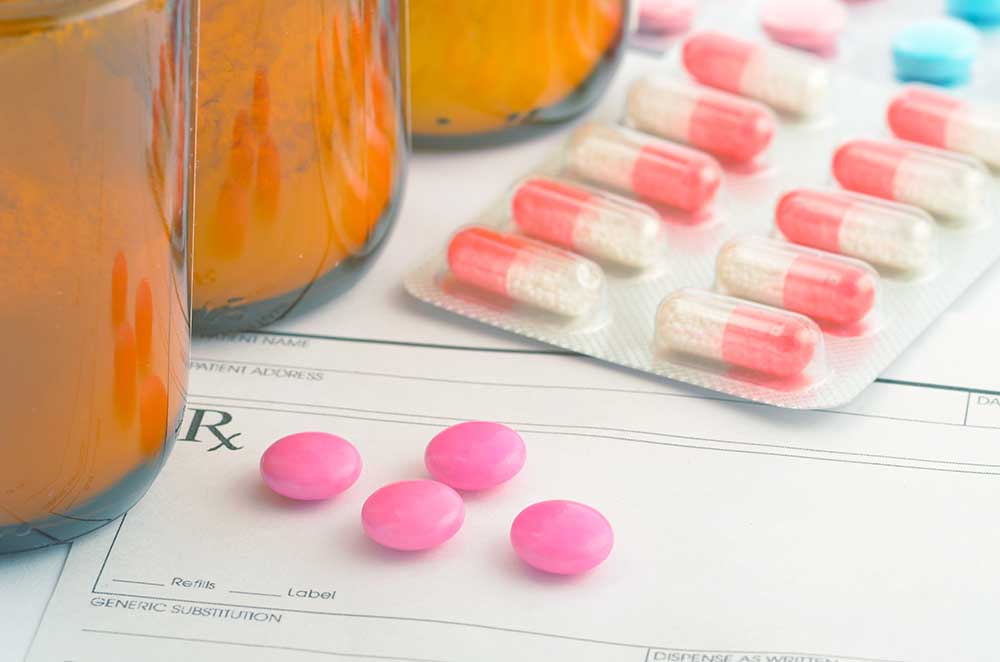What are Smart Drugs?
Drug abuse has a new face among today’s younger professionals … learn how to recognize it and why getting immediate help can be so critical:
So, what are smart drugs?

This article will explore the latest face of drug addiction among younger Americans, with a view to educating readers about smart drugs and their rates of abuse and health dangers, why more and more working millennials are taking these drugs, like adderall, in the workplace, and the signs of a potential stimulant use disorder and how to get help.
Smart Drugs – Rates of Abuse and Health Dangers
“Smart drug” is the slang classification for stimulant medications most often prescribed for Attention-Deficit/Hyperactivity Disorder (ADD), because they can be effective (when taken as directed) at improving mental focus and alertness among those with the diagnosis—hence the name, “smart drugs.” The term is a bit of a misnomer, however: these drugs do not raise IQ or make users smarter, and in fact for some individuals may hamper cognitive performance, according to the latest research.
The following medications fall under the classification, “smart drug”:
- methylphenidate (e.g., Ritalin, Concerta)
- amphetamine-dextroamphetamine (e.g., Adderall)
- dexmethylphenidate (e.g., Focalin)
- dextroamphetamine (e.g., Dexedrine)
These Schedule II drugs are (according to their classification) subject to abuse, and the Drug Abuse Warning Network (DAWN) has warned they can be misused (and are) to suppress appetite, increase alertness, elevate energy and mood, and cause euphoria.
The drugs can also have dangerous side effects, especially when misused or taken in combination with alcohol or other drugs. Cardiovascular issues, including heart attacks, and psychiatric complications, are among the more serious potential side effects.
Meanwhile, rates of abuse and related ER visits have risen sharply among millennials. The smart drug, Adderall, is a case in point. In 2016, researchers from Johns Hopkins University found that though prescriptions for the drug had stayed mostly the same, both the rates of abuse and Adderall-related ER visits rose sharply in young adults. That also led the researchers to conclude that Americans between the ages of 18 and 25 (who exhibit the highest rates of Adderall abuse) are getting the drug primarily from friends or family and without a doctor’s prescription.
Adderall is not alone in posing health dangers, either. Prescription stimulants in general, and their misuse, are sending more and more young adult users to the hospital for emergency treatment. A 2013 report by SAMHSA found that prescription stimulant-related ER visits tripled among adults between the ages of 18 and 34, during the period from 2005 to 2011. (Misuse also accounted for roughly a half of these ER visits.)
Why Millennials Are Using Smart Drugs in the Workplace
When millennials use smart drugs in the workplace, they are doing so with the assumption these drugs will boost their job performance and productivity, as a 2015 New York Times article revealed. The article noted that while reliable statistics for rates of misuse do not exist, “dozens of people in a wide spectrum of professions said they and co-workers misused stimulants like Adderall, Vyvanse and Concerta to improve work performance.”
In a SAMHSA survey, young adult users cited the following more specific, work performance-related reasons for taking these drugs:
- The ability to stay awake longer in order to work more
- Better concentration and alertness
- The ability to study better
Less common reasons reportedly included:
- To experiment and see what smart drugs were like
- To lose weight
- To increase or decrease the effect of some other drug
- Because of an addiction to smart drugs
Often those most susceptible to the allure of smart drugs are driven, hard-working types seeking to get and stay ahead in an ever more competitive workforce. The same New York Times article mentioned above featured a young woman by the name of Elizabeth, who had begun taking prescription stimulants in a fast-paced job in business in New York City. She said the pressure to work harder and longer in keeping up with colleagues—many of whom, she claimed, were taking Adderall—ultimately drove her to seek out a prescription and then eventually to get more and more of the same pills from a dealer.
Many other millennials are introduced to smart drugs in college, and continue to take the drugs as they start their career, as the writer Casey Schwartz described in sharing her story in The New York Times Magazine. In an article titled “Generation Adderall,” she wrote: “Like many of my friends, I spent years using prescription stimulants to get through school and start my career.” (Having begun using Adderall in college, Schwartz tried for years to quit until she finally succeeded at age 30.)
Signs of Adderall and Stimulant Abuse – What to Look for
Adderall and other prescription stimulants make people more alert, increase their blood pressure, heart rate and breathing, and reduce the need to sleep (causing in some cases severe sleep deprivation and insomnia). These drugs can also lead to hostility, paranoia and even psychotic symptoms, according to a SAMHSA fact sheet. Subtle side effects can even be used to identify if someone is abusing Adderall. For more information, read our guide on Adderall side effects.
Other signs that someone may be misusing Adderall or another prescription stimulant can be found in this previous Learning Center article.
If you have reason to believe, based on the above signs and symptoms, that an employee or coworker may be taking smart drugs, they may need help for a treatable substance use disorder. Call SAMHSA’s National Helpline for trusted referral resources, or consult an addiction professional immediately.

